A new fashion trend has brought back long-forgotten velvet, which is used to make many items, from wardrobe details to interior decor elements. This textile option looks very rich, royally aristocratic. But there are some nuances regarding cutting and sewing, as well as care.
Material characteristics
This textile is associated with luxury, jewelry and royal boudoirs. This idea was formed due to the royal history of use and production. Velvet material is a unique fabric that has many positive characteristics. But it also has its drawbacks.
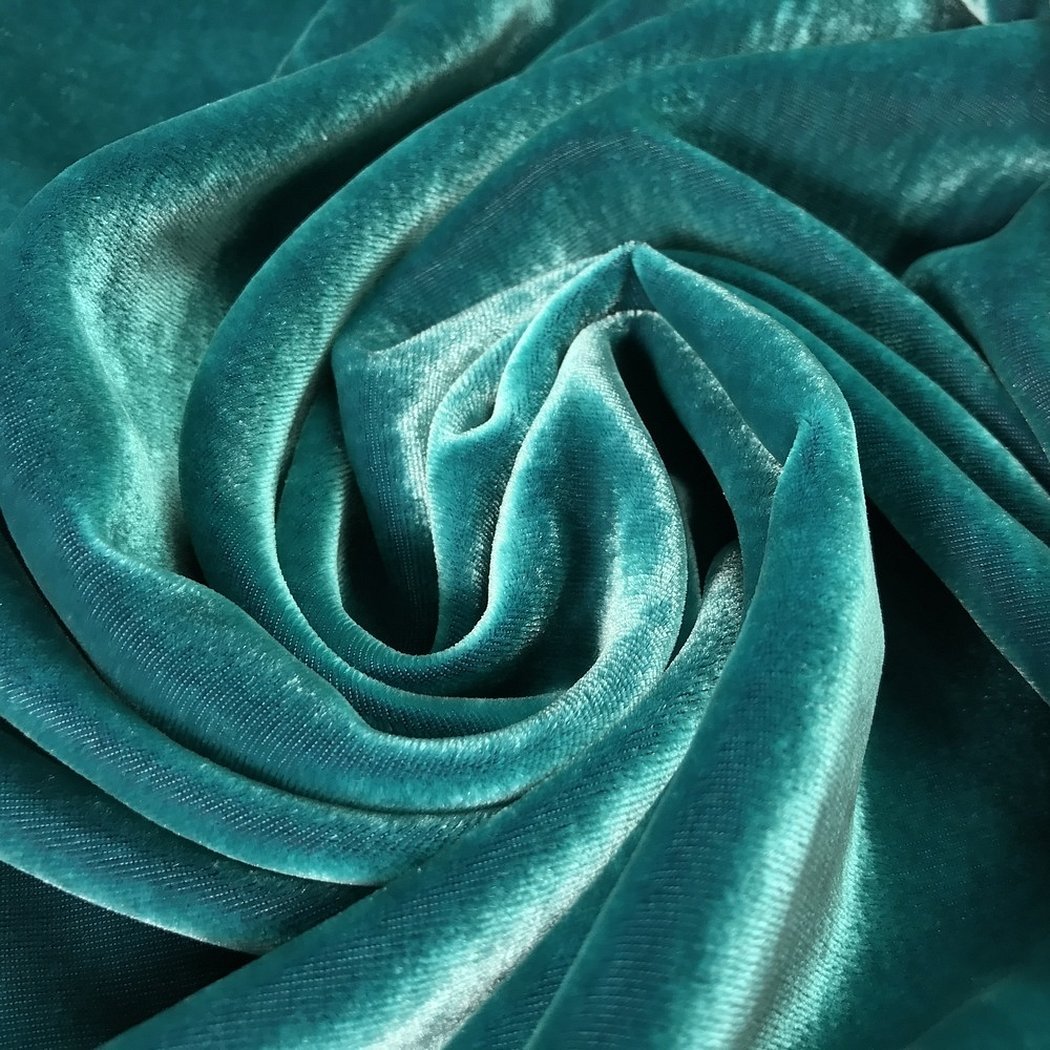
The advantages of this type of material include the following characteristics:
- The most expensive types are made from natural materials. This type is considered completely hypoallergenic.
- High-quality canvas has an aesthetically attractive, elegant and expensive appearance.
- The canvas can be embroidered with ribbons, beads, silk threads, which will further improve the appearance.
- Each fiber will be laid in a dense layer of soft coating, which is pleasant to the touch and has a glossy shine.
- The fabric does not electrify. It does not stick to the body. Therefore, it does not cause irritation or allergic reactions.
- Long-lasting, wear-resistant textile retains an attractive appearance.
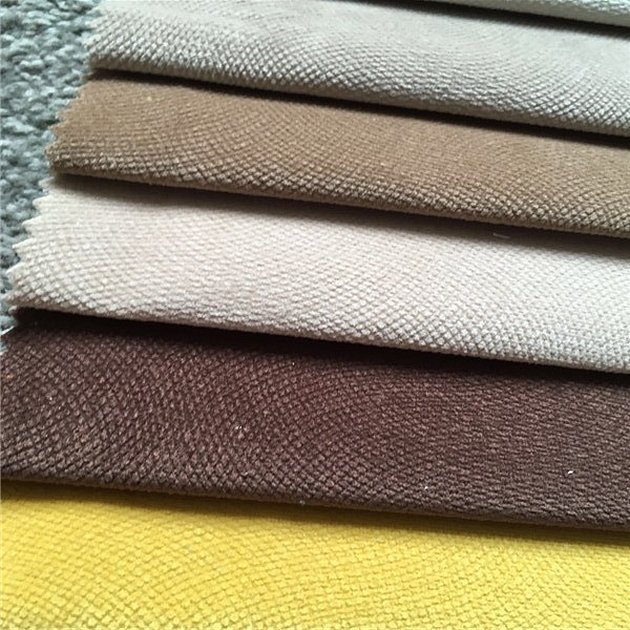
Please note! Many people classify velour, suede, plush and other similar fabrics as this type, but this is a completely different type of material. Even corduroy is a "distant relative" of this material.
The disadvantages of this type of textile are:
- Machine-made fabric is of poor quality, does not last long and is bad for the skin.
- The fabric strongly absorbs odors, collects dust, and threads and small debris stick to it.
- To improve the density, it is necessary to use lining fabric to form an attractive product.
- It is difficult to work with, so only an experienced craftswoman can sew it at home.
How to sew from velvet correctly
To make the product beautiful and attractive, you need to know a few cutting secrets. Rules and recommendations on how to cut velvet:
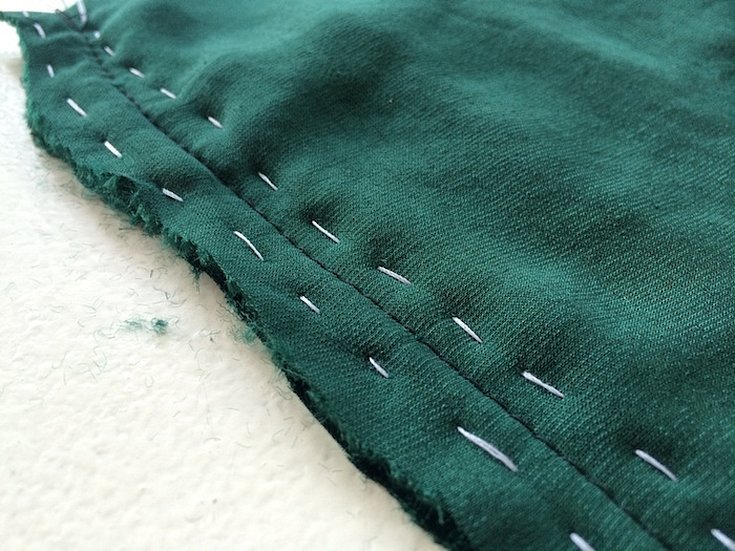
- When preparing patterns for individual parts of one product, special attention should be paid to the direction of the pile. All parts should be formed so that the pile is located in one direction.
- To avoid confusing the direction of the pile, all marks should be drawn on the back side of the fabric with a piece of soap.
- For sewing together parts of one product, it is better to use a temporary adhesive spray. This will allow you to “glue and re-glue” the seams without making holes with a needle and a long process of basting.
- Avoid using too sharp tools during the work, such as a fancy knife or a fabric cutting wheel, blades, or too thick (blunt) threads.
- To prevent the surface of the parts from slipping while sewing on the machine, you need to loosen the thread tension as much as possible, use a Teflon foot with a gradual step, the fabric needs to be stretched while sewing.
- Ironing this type of textile is strictly prohibited. Only steam can be used. In this case, it is advisable to lay the material on a board with a coating of the same fleecy base.
- The hem or other part is picked up manually. A bias stitch is usually used. Thanks to this technique, the fabric does not deform.
- If you need to create embroidery, you need to use a special Luneville hook that will not damage the fibers of the fabric.
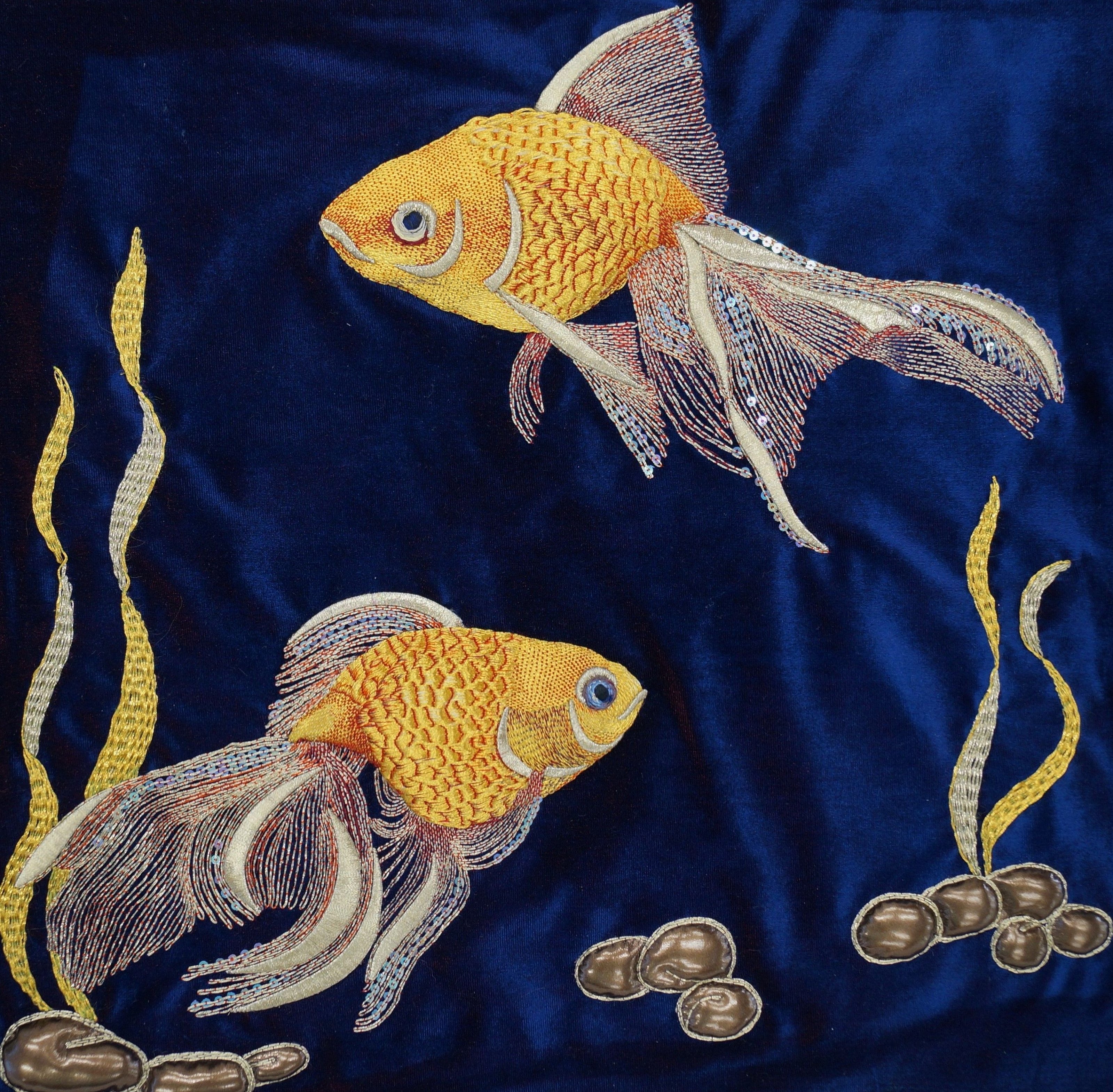
Important! Before you begin the final stitching of the pieces, you need to make a few stitches on a small piece of fabric to assess the quality of the settings.
If hand or machine embroidery is to be done on velvet, the procedure is carried out in accordance with the same rules.
Products
The fabric has already been determined, but what can be sewn from velvet, not yet? It turns out that this type of textile can be universal - a huge variety of products and things can be made from it:
- Curtains, drapes, drapes.
- Dresses, jackets, tops, skirts, trousers.
- Decorative flowers, ruffles and assemblies from strips and scraps. Used to decorate clothes, as an accessory.
- Costumes, capes, headdresses.
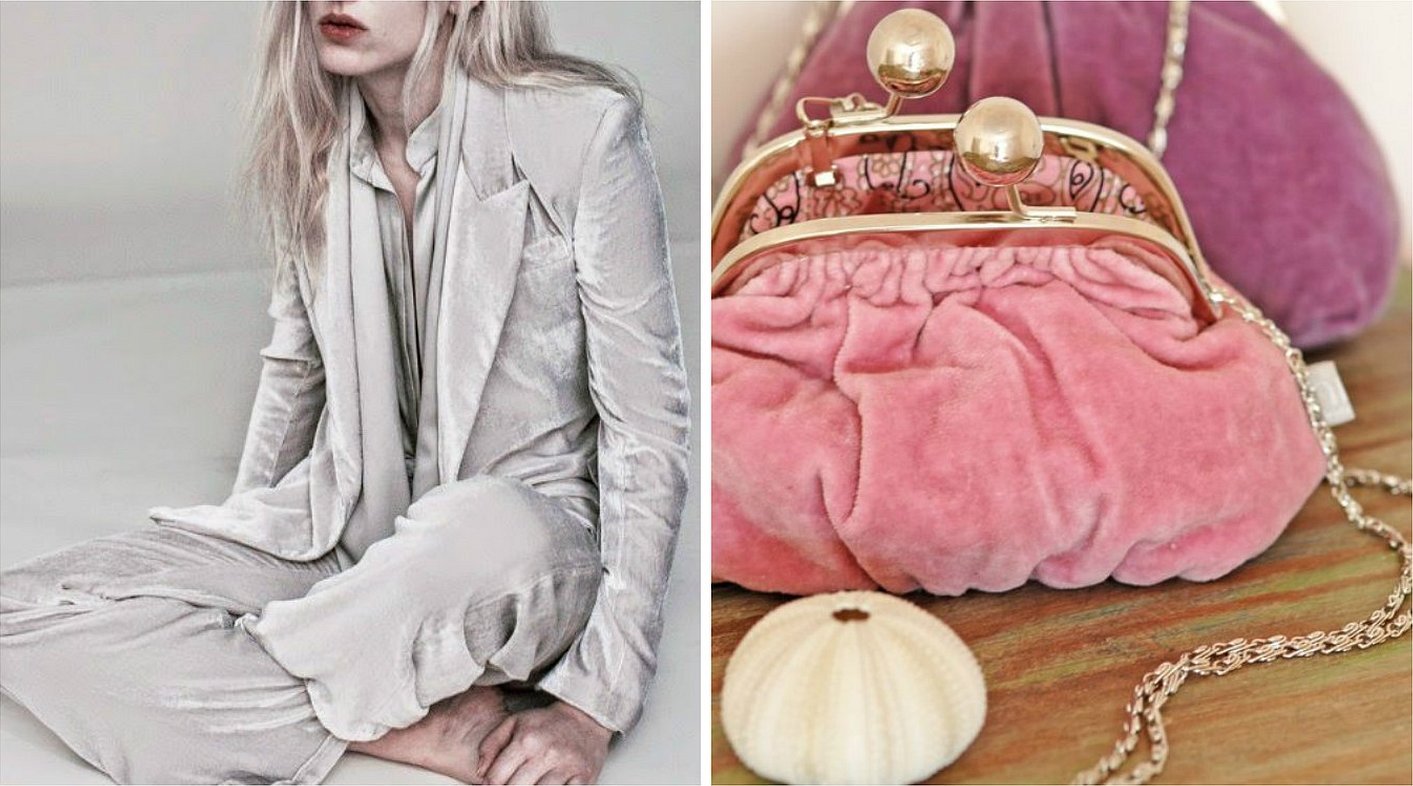
In addition, you need to know exactly how to sew velvet, forming this or that item, shape or detail.
Sewing a dress
First, it is recommended to decide on the type of material. There is stretch fabric, which is ideal for sewing things. When choosing a dress sketch, you need to immediately decide how to cut the velvet, pile up or down. Then sewing is done:
- First, you need to choose a model. Much depends on preferences, age, and event. The simplest option would be a one-piece dress consisting of 2 parts.
- Then a pattern is prepared. You need to take measurements and transfer the data first to paper, forming a detail that looks like an elongated T-shirt, and another one of the same.
- The next step is to sew these two parts together. The principle of work is determined by the basic rules of working with velvet.

In this version, you can make any length and width of the dress. The finished product can be worn with a belt to highlight the waist. The fabric can be decorated, for example, with bead embroidery. To win everyone over and not bother with decorating the thing, you should initially choose red or black.
Curtains
Velvet curtains were usually used in theaters and huge halls. Such decoration gives the room pomp and aristocracy. In addition, tulle looks very beautiful against such a background.
Before you start working, you need to decide on an idea. Usually, these are straight curtains that can then be shaped using cords and ties.
How to sew velvet curtains correctly:
- Lay the fabric on a flat surface. It is important to take into account the direction of the pile when cutting the velvet.
- It is better to immediately treat the edges of the cuts with a special adhesive solution so that the threads do not fall out.
- Turn the edges and stitch. Use only silk threads and thin needles with a rounded tip.
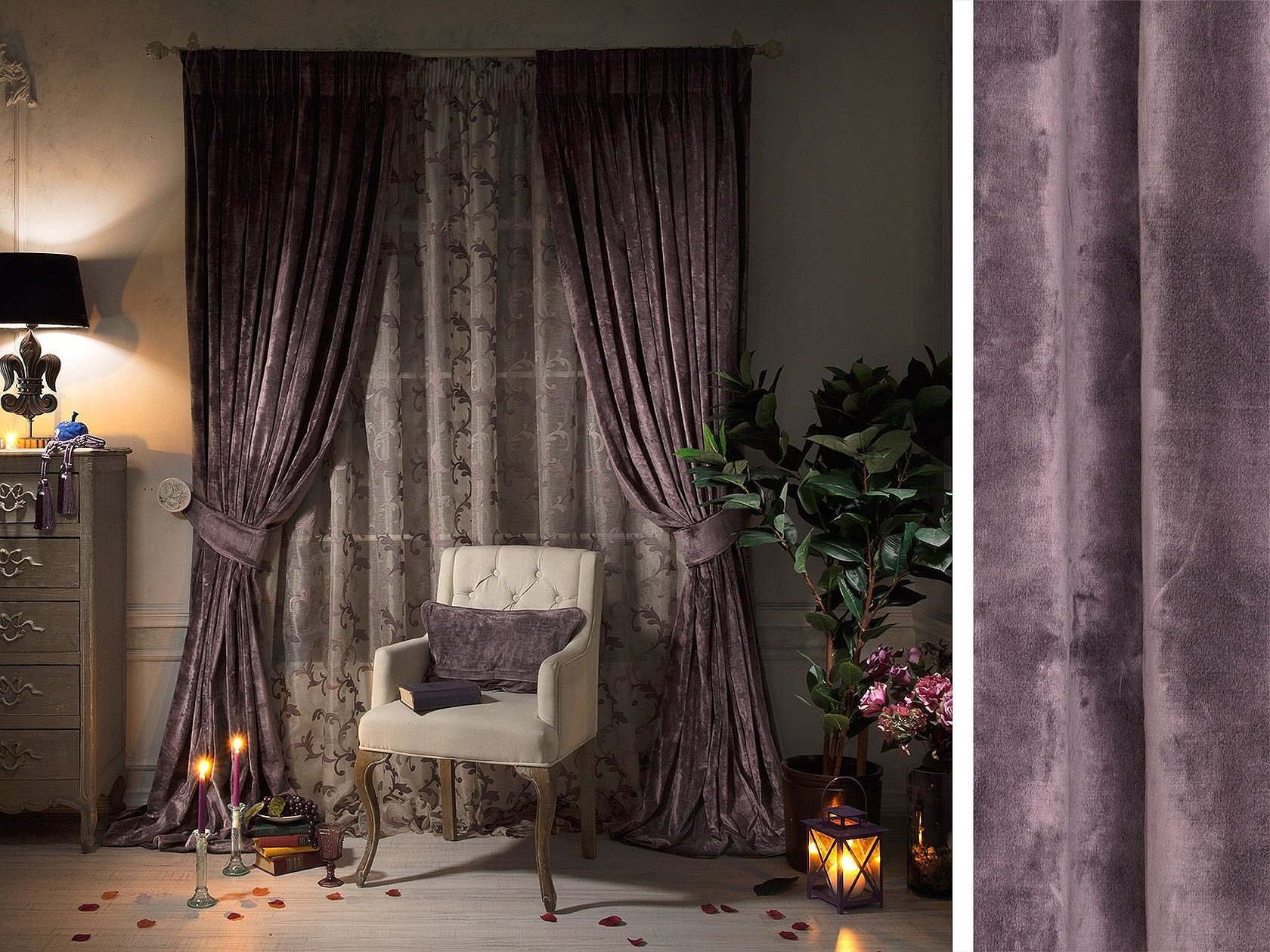
Additionally, the curtain can be decorated with braid or golden frills made of thick fabric. This type of curtains will be relevant for a bedroom, hallway or large hall.
Flowers
To decorate the interior, clothes, bags or hair, you can make flowers with your own hands from velvet. Such an accessory will look expensive and elegant. A dense type of fabric is suitable for work so that the bud holds its shape. You need to choose a color according to your preference: white, red, blue, yellow. Malachite looks very beautiful
How to make flowers from velvet, namely a volumetric rose:
- Fold the corners of the fabric in half and cut out the elements, forming an unusual strip.
- Using a silk thread and a thin needle, stitch the edges of the cuts with basting stitches. Tighten the thread a little.
- Make a few more of these parts. Each one should have an individual size and shape.
- Sew all the parts together to form a rosebud.

The floral motif made of soft material is very relevant. The buds look very natural and are pleasant to the touch. To decorate the product, you can embroider small areas using beads.
Crushed velvet for curtains
Curtain velvet is a separate type of the presented material. The canvases are heavy, the pile is laid neatly, the texture is slightly wrinkled. Crinkled velvet for curtains is considered especially relevant.

This type of curtains is made according to the same principle as regular curtains. If the standard is not suitable, you can make pleats from such fabric.
Combination with other fabrics
An experienced craftsman will accurately determine which fabrics can be successfully combined within one product. Beginner craftswomen may face the problem of combinations. What velvet goes with:
- atlas;
- guipure;
- satin ribbon;
- lace;
- leather;
- silk.
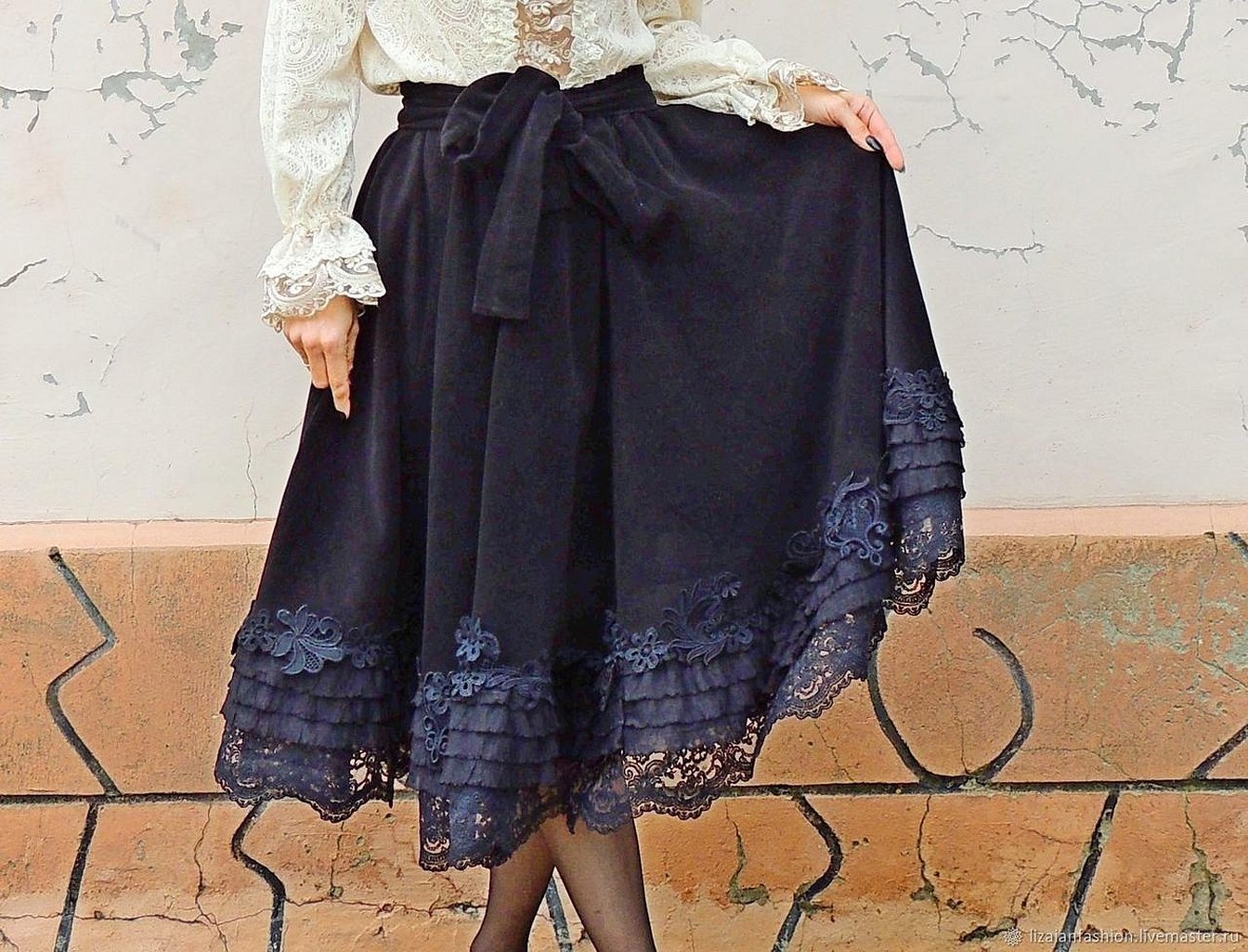
Embroidery on velvet with beads, sequins, and shiny threads looks interesting. The Easter version of textiles, which is used to make "painted eggs", is especially suitable for embroidery.
Velvet care
Velvet products are quite capricious and require special attention. You need to know a few basic rules that will help maintain the attractiveness of the fabric:
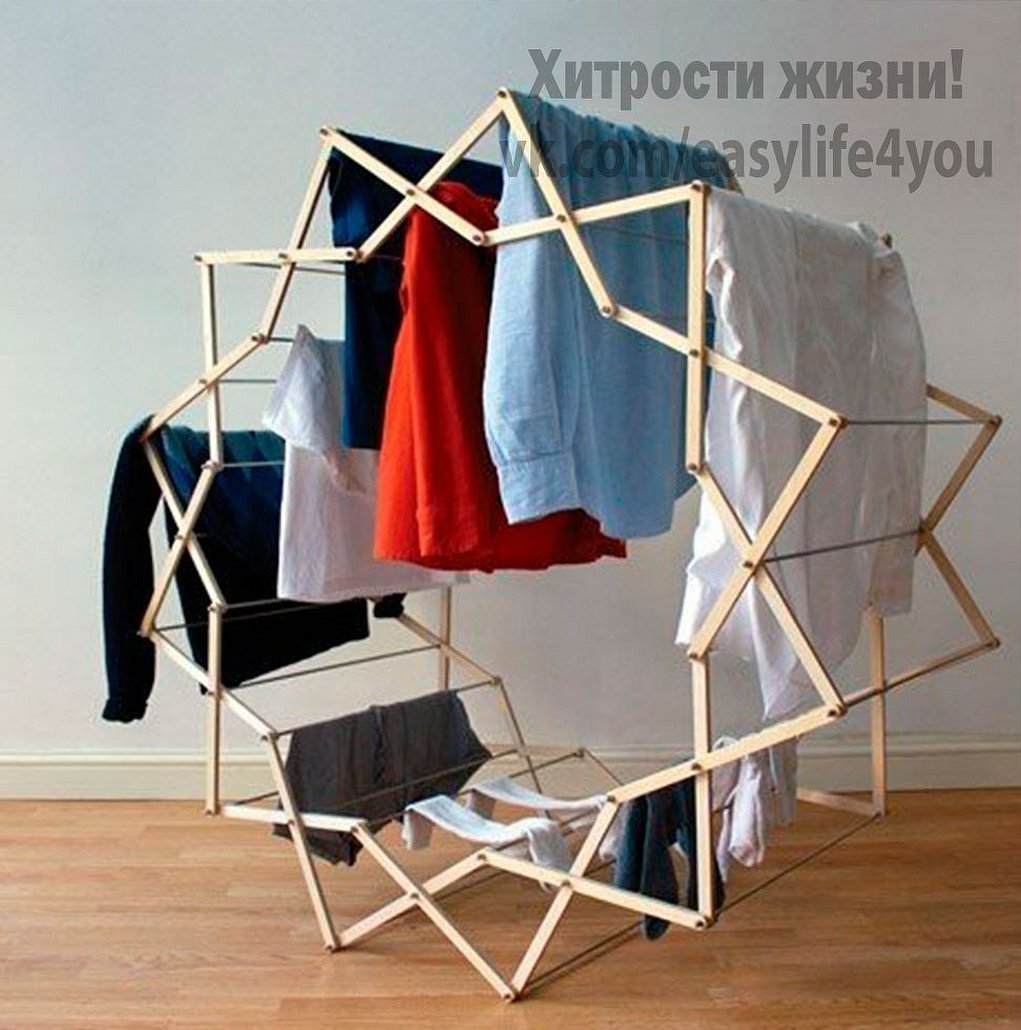
- It is not advisable to wash in a machine, it is better to use dry cleaning services. If this is not possible, it is better to wash by hand.
- Do not use powders or fabric softeners during the washing process. Foam is poorly washed out of the fibers, which leads to deterioration of the pile arrangement.
- Velvet items should not be stored folded, they should be placed on a hanger. This applies especially to embroidered fabrics.
- You cannot wring or rub the material; it is enough to run your hand in the direction of the pile to remove excess moisture.
- The product should be dried on a flat surface, which should first be covered with a terry towel.
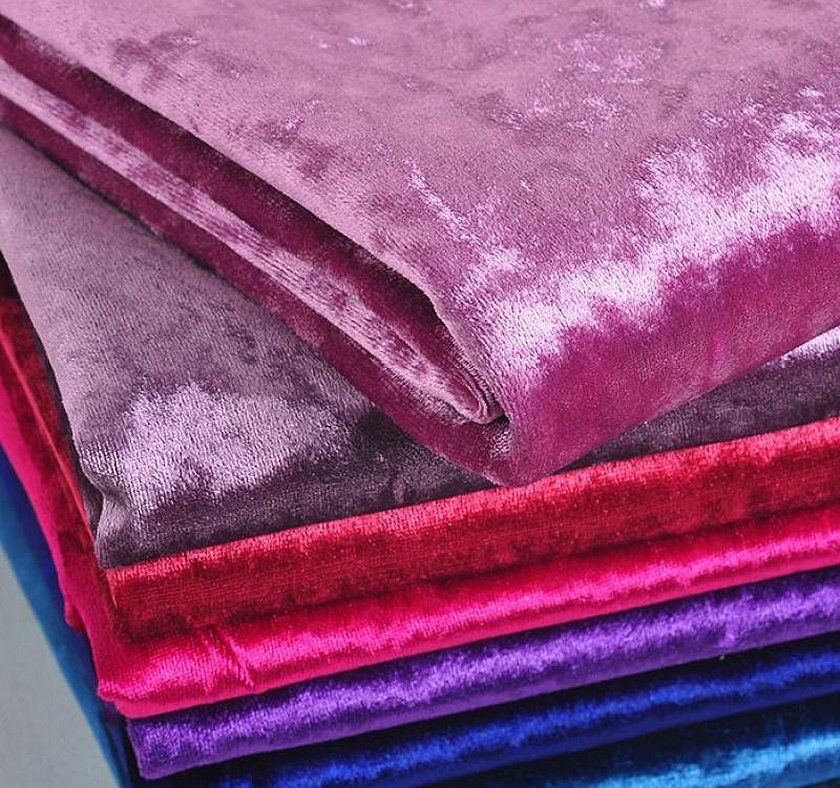
If you take into account just a few simple nuances, then caring for velvet will not present too many difficulties.
If you study velvet and work with it, you can sew anything. It will even become clear how to sew a velvet turban, a dress, curtains and much more without mistakes and problems. To achieve this level, you need to watch master classes and get acquainted with the characteristics of the material.




